You’re working hard, but your small business isn’t getting the attention it deserves. The phone isn’t ringing. Your website feels invisible. And those “easy” marketing tricks? They’re not working.
You’re not alone. Most small businesses struggle to stand out online. They waste time on random tactics, hoping something sticks. But without a clear plan, traffic stays low, leads dry up, and sales slip away.
What if your competitors are winning customers right now—while you’re left behind? Every day you wait, they’re grabbing attention, building trust, and closing sales.
You don’t need fancy tools or a big budget. You just need the right strategy. Without it, even the best products get lost in the noise.
This blueprint cuts through the confusion. You’ll learn how to:
- Drive traffic without begging for attention.
- Turn visitors into leads—even if they’re not ready to buy yet.
- Close sales without being pushy.
No jargon. No fluff. Just simple steps that work. Let’s get started.
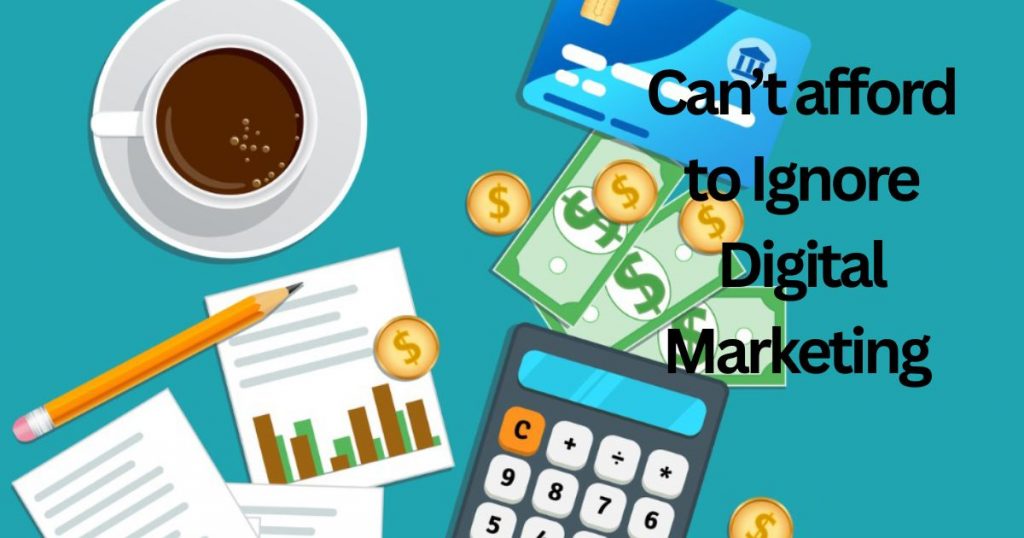
Why Your Small Business Can’t Afford to Ignore Digital Marketing
If your business isn’t online, you’re missing out—big time. Think about it: where do people go first when they need a product or service? They search Google, check social media, or read reviews. If they can’t find you there, they’ll find your competitor instead. Digital marketing isn’t just for big brands with huge budgets. It’s the fastest way to reach more customers, build trust, and grow your sales—without wasting money on old-school ads that don’t work. The best part? You can start small, track what’s working, and scale up as you go. Ignoring it means leaving money on the table every single day.
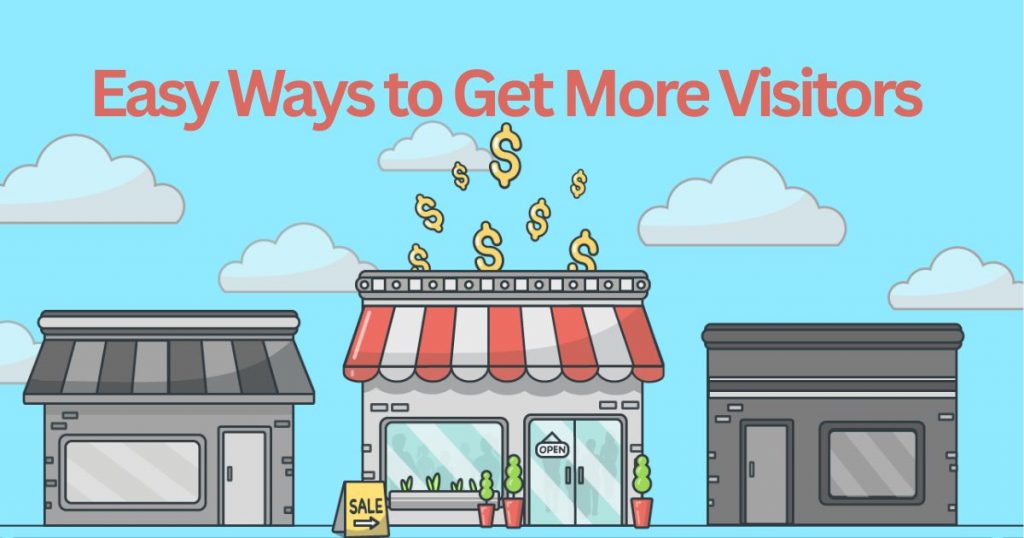
The Traffic Trifecta: 3 Easy Ways to Get More Visitors
Want more people to find your business? You don’t need complicated tricks. First, make sure your website is easy to find on Google by using simple SEO—like answering common customer questions in your content. Second, post regularly on social media (even just a few times a week) to stay top of mind. And third, try low-cost ads targeting people who are already searching for what you sell. These three methods work together to bring in steady traffic without overwhelming you. The more visitors you get, the more chances you have to turn them into paying customers.
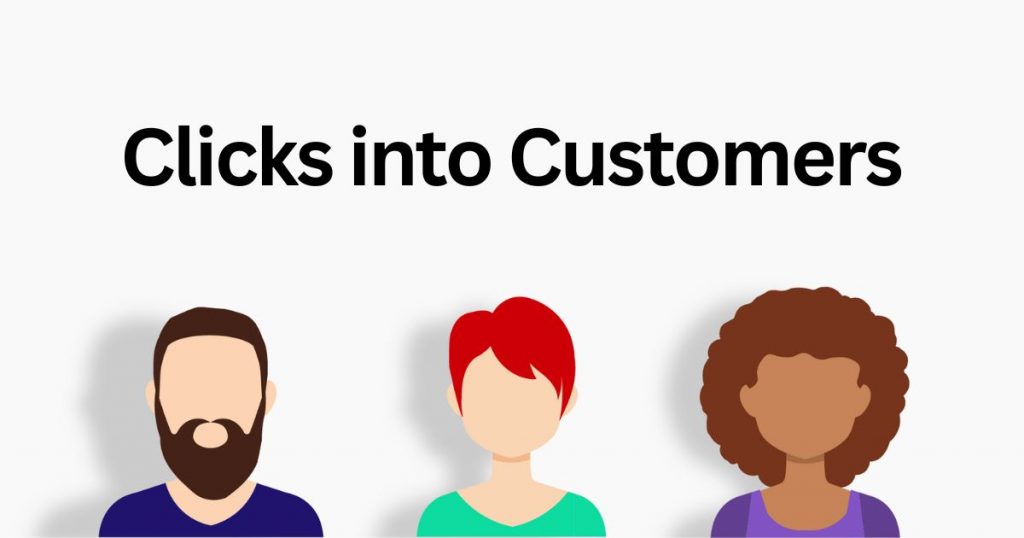
Turning Clicks into Customers: Simple Lead Generation Tricks
Getting traffic is great, but if visitors leave without buying, you’re back to square one. The secret? Capture their interest before they go. Offer something helpful—like a free guide, discount, or checklist—in exchange for their email. Follow up with friendly, useful emails (not just sales pitches) to build trust over time. Another trick: add a clear “Call to Action” on every page, like “Book Now” or “Get Your Free Quote.” Make it easy for them to take the next step. When you focus on helping first, selling becomes natural—and those clicks turn into loyal customers.
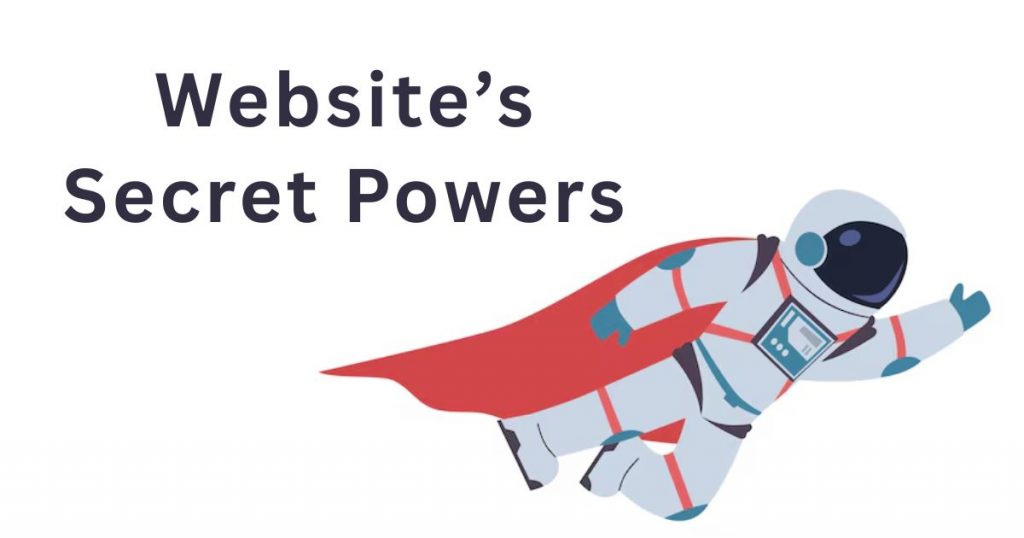
Your Website’s Secret Superpower (Hint: It’s Not Just Looks)
A beautiful website means nothing if it doesn’t work for your business. The real power? Speed and simplicity. If your site loads slowly or confuses visitors, they’ll leave fast—and probably never come back. Focus on clear headlines, easy navigation, and a strong call-to-action (like “Buy Now” or “Contact Us”). Mobile-friendly design is a must—over half of web traffic comes from phones. And don’t forget trust signals: customer reviews, secure payment badges, and a professional “About Us” page. Your website should do more than look good—it should turn visitors into buyers effortlessly.
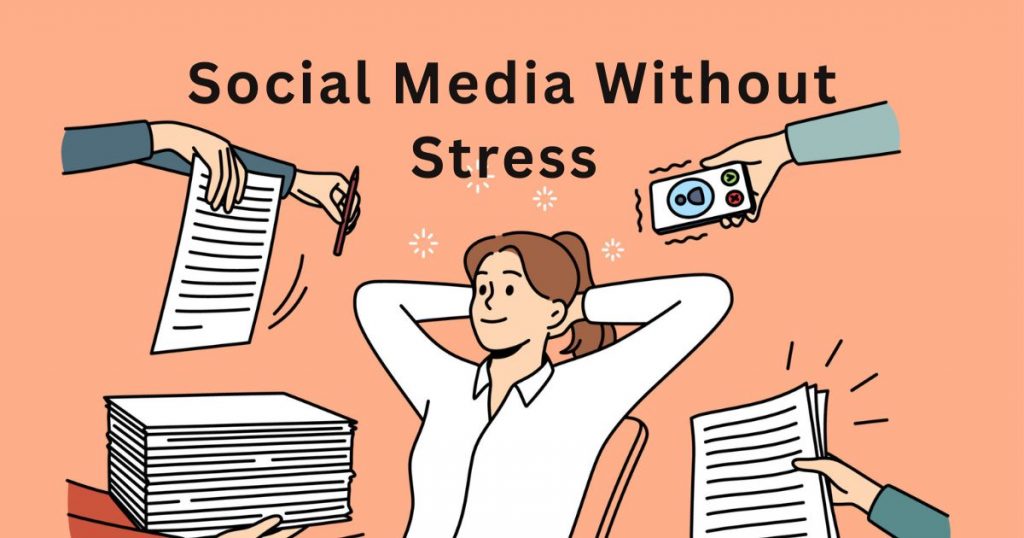
Social Media Without the Stress: Posting That Actually Works
You don’t need to post 10 times a day or chase every trend. Consistency beats chaos. Pick one or two platforms where your customers actually hang out, then post useful content regularly—tips, behind-the-scenes clips, or quick FAQs. Engage with comments (even just a “Thanks!”) to boost visibility. Use free tools like Canva for eye-catching graphics. Pro tip: Repurpose top-performing posts instead of always creating new stuff. Social media isn’t about going viral—it’s about staying memorable so customers think of you first.

Email Magic: How to Keep Customers Coming Back for More
Email isn’t dead—it’s your best tool for repeat sales. Start by collecting emails (offer a discount or free resource). Then, send value-first emails: helpful tips, exclusive deals, or new product sneak peeks. Avoid spammy pitches—write like you’re talking to a friend. Segment your list (e.g., past buyers vs. window shoppers) to personalize messages. Even one email a week keeps you on their radar. The goal? Be the business they want to hear from.
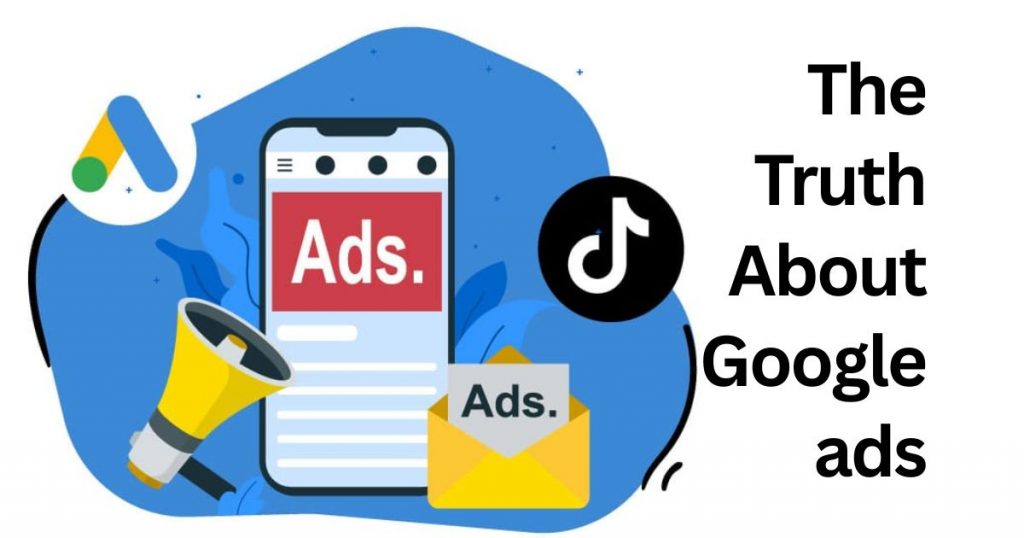
The Truth About Google Ads: What Works for Small Budgets
Google Ads can drain your budget fast—if you don’t use them right. Start small: Target only high-intent keywords (like “buy [your product] near me”). Use negative keywords to filter out irrelevant searches. Focus on local campaigns if you serve a specific area. Track conversions (calls, form fills) to see what’s working. Pro move: Run ads during business hours only to save money. With smart tweaks, even $10/day can bring hot leads.

Sales Secrets: How to Close Deals Without Being Pushy
People hate being sold to—but they love buying. Listen more than you talk. Ask questions like, “What’s most important to you in [product]?” to uncover needs. Offer solutions, not pressure. Create urgency naturally (“Only 3 left in stock” beats “Buy now or else!”). Follow up politely—many sales happen after the 5th contact. When you focus on helping, closing becomes easy.
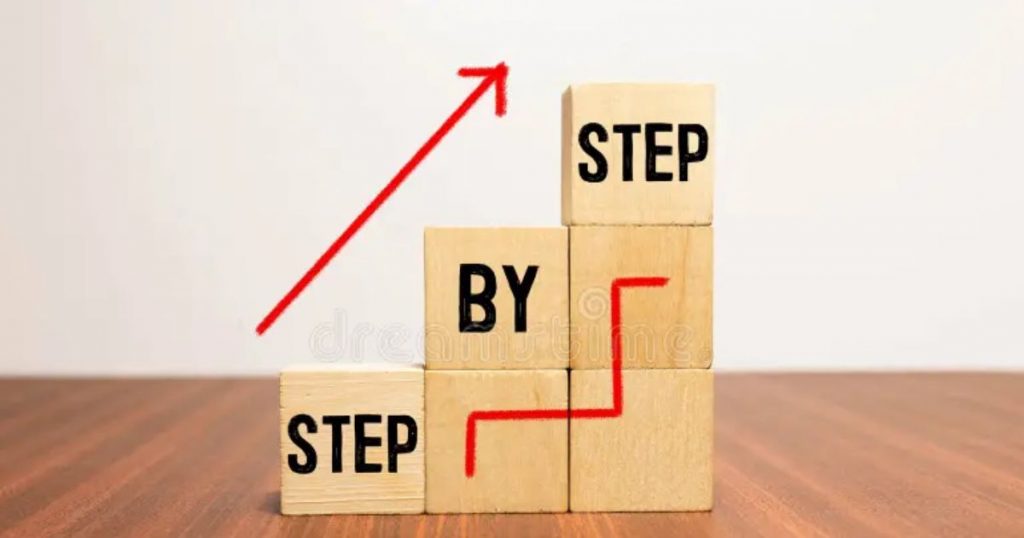
Putting It All Together: Your Step-by-Step Action Plan
- Fix your website (speed, mobile-friendly, clear calls-to-action).
- Pick 1 social platform and post weekly (quality > quantity).
- Start an email list—offer a lead magnet and send useful updates.
- Test Google Ads with a tiny budget and precise targeting.
- Refine your sales approach—be helpful, not hypey.
- Track results monthly and double down on what works.
Small steps add up. Start today—your future customers are waiting.
Final Thoughts
Digital marketing isn’t about flashy tricks or overnight success—it’s about consistent, strategic actions that compound over time. Whether you’re fixing your website, running targeted ads, or nurturing leads through email, every step brings you closer to more traffic, leads, and sales.
Start small, focus on what works, and scale up. Your competitors aren’t waiting—so why should you?
Need personalized help? Email me at info@adrian-portfolio.com—I’d love to help you grow.
Now go take action! 🚀
10 FAQs About Digital Marketing for Small Businesses
1. How much should I spend on digital marketing?
Start with 5-10% of your revenue and adjust based on ROI. Even $5-$10/day on ads can work if targeted well.
2. Which social media platform is best for my business?
✔ B2B? LinkedIn
✔ Local services? Facebook/Instagram
✔ Visual products? Pinterest/Instagram
✔ Quick updates? Twitter/X
3. How often should I post on social media?
2-3x/week is enough—quality over quantity. Repurpose top-performing content to save time.
4. How do I get more website traffic without ads?
✔ SEO (optimize for keywords your customers search)
✔ Blogging (answer common questions)
✔ Guest posts (write for industry sites)
5. What’s the easiest way to capture leads?
Offer a freebie (checklist, guide, or discount) in exchange for emails. Use a simple popup or landing page.
6. How do I write emails people actually open?
✔ Subject line: Be clear, not clickbaity (e.g., “Your free guide inside”)
✔ Content: Focus on helping, not just selling
✔ Frequency: 1-2x/week to stay top of mind
7. Are Google Ads worth it for small budgets?
Yes—if you target high-intent keywords (e.g., “buy [product] near me”) and track conversions.
8. How can I improve my website’s conversion rate?
✔ Speed it up (use Google PageSpeed Insights)
✔ Simplify design (clear headlines, one CTA per page)
✔ Add trust signals (reviews, guarantees)
9. How long does SEO take to work?
3-6 months for noticeable results—but it’s free, sustainable traffic long-term.
10. What’s the #1 mistake small businesses make?
Not tracking results. Use Google Analytics to see what’s working and double down.
Still stuck? Email me: info@adrian-portfolio.com—I’ll help! 🚀

I’m a web developer with hands-on experience building and managing WordPress-based websites. My portfolio features real-world projects in recruitment UX, Arduino systems, and Python development, all focused on clean, user-centred design.